Our Emergency Health and Nutrition Work
When crisis strikes, and children are at their most vulnerable, ��ɫ��Ƶis there. We are among the first to respond, delivering emergency care and relief and staying as long as it takes to ensure children and families can recover and sustainably rebuild their lives. We deliver multi-sectoral programming as a global leader in health, education, and protection, working in more than 100 countries to change the lives of over 100 million children every year.��
What We Do
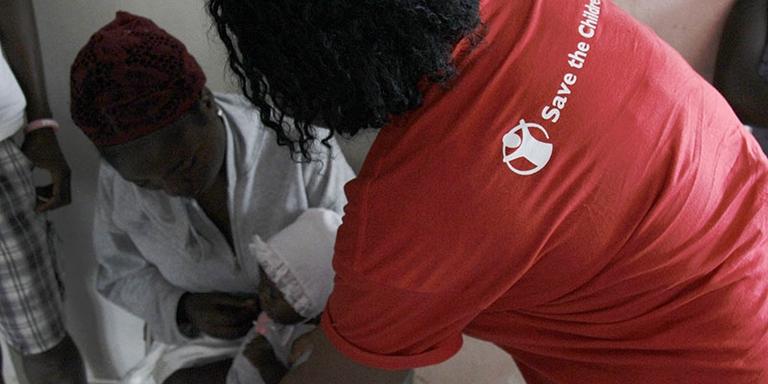
Rapid Health Response
Access to quality health care services is crucial to survival, but after disasters and during complex emergencies, this is often compromised. Our Emergency Health Unit (EHU) includes four rapid response teams made up of midwives, obstetricians, pediatricians, and other clinical and operational staff who can rapidly deploy in the aftermath of an emergency. Teams provide a flexible package of services designed to treat the most common causes of illness and death in emergencies, including primary healthcare and reproductive health services, emergency obstetric and newborn care, nutritional stabilization, infectious disease response, mass vaccination, and disease control. Services are tailored for the context, respond to community needs, and can build on SC’s existing health and nutrition services in-country or operate independently.
The COVID-19 pandemic stretched health systems to their absolute limits in 2020. Through innovation, perseverance, and adaptation, our Emergency Health Unit supported teams on the ground to provide lifesaving treatment, vital information about COVID, and training for health workers. The EHU also helped health facilities access personal protective equipment and establish strict infection prevention and control procedures to keep patients and staff safe. Despite obstacles – closed borders, restricted flights, and lengthy quarantines – our programs in 20 countries reached more than 214,800 children and adults.
Preparing for Epidemics
��ɫ��Ƶleads the , a consortium of operational and academic partners strengthening and augmenting the capacity of NGOs worldwide to respond to large-scale infectious outbreaks of epidemic or pandemic potential, including COVID-19. READY conducts focused activities to support and strengthen outbreak coordination, build NGO operational capacity to respond to major outbreaks, and develop technical readiness across humanitarian sectors using an integrated and community-centered approach.
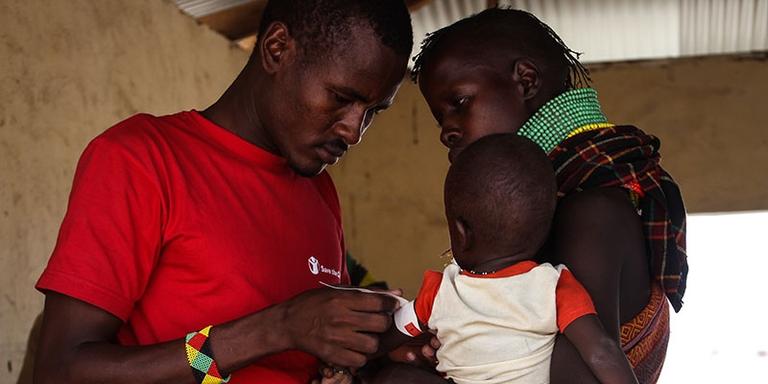
Nutrition in Emergencies
During emergencies, we focus on the prevention, detection, and treatment of acute malnutrition, supplementation of micronutrients to prevent and treat deficiencies, and protecting, promoting, and supporting infant and young child feeding (IYCF) practices among the world's most vulnerable populations.��
Infant and young child feeding in emergencies (IYCF-E): We to protect and promote and support mothers/caregivers to meet their own basic needs and the needs of children in their care (e.g., ). This includes skilled counseling and psychosocial support, setting up safe spaces such as mother-baby areas or IYCF corners, and establishing IYCF support groups. We also focus on protecting mothers and children from inappropriate distribution of breastmilk substitute, while ensuring that the needs of the non-breastfed infant are met through an appropriate program.
��
Prevention and treatment of wasting: Through community-based management of acute malnutrition (CMAM), we treat acute malnutrition (without complications) with ready-to-use therapeutic foods and medical treatment on an outpatient basis, close to home, and provide lifesaving treatment to malnourished children in a stabilization center when inpatient care is required.
Management of small and nutritionally at-risk infants under 6 months and their mothers (MAMI): Our vision is a world in which all small and nutritionally at-risk infants <6 months of age are identified and supported to survive and thrive. To achieve this, our aim is to support them through increased quality of services for small and nutritionally at-risk infants <6 months and their mothers by increasing/scaling up multi-sector programming, enhancing capacity, filling evidence and learning gaps, and actively engaging with partners as a global leader.
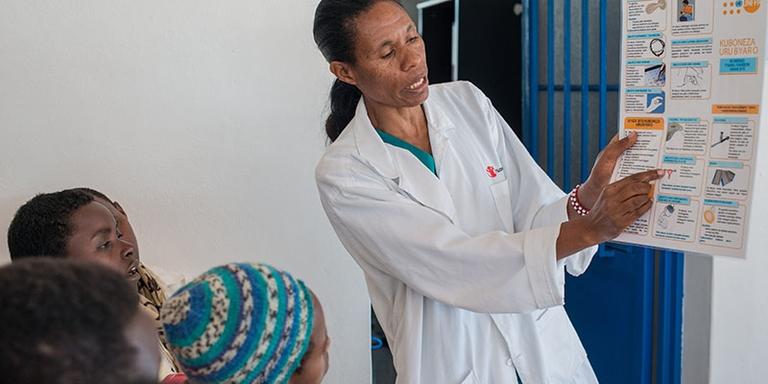
Maternal & Newborn ��Health
��ɫ��Ƶhas been and has implemented emergency preparedness, response, and recovery activities in approximately 25 countries. We work in partnership with ministries of health (MOHs), local health officials, health facilities, communities, and other national and international partners and donors to provide lifesaving maternal and newborn (MNH) care to women, adolescents, newborns, children, and their families.
Our programs focus on rapidly delivering evidence-based and innovative interventions that address immediate MNH needs in emergency and protracted crisis settings, while working to enhance the quality, scale, and sustainability of health service delivery and strengthen health system capacity. We prioritize the prevention and management of labor- and delivery-related complications with newborn resuscitation, specialized care for small and sick babies, and treatment for possible serious bacterial infection.��
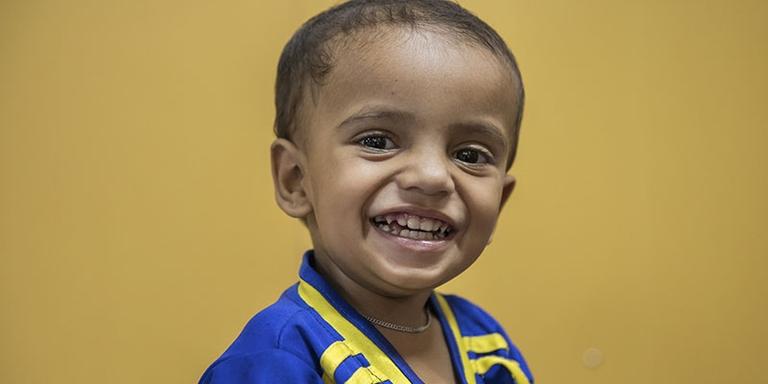
Child Health
Following a crisis, death may increase up to 20 times the pre-crisis number, and disproportionally affect children. We use an integrated approach to child health that includes health, nutrition, HIV and water, sanitation, and hygiene (WASH) care and support to achieve the best outcomes, through both health facility and community-based services and care.
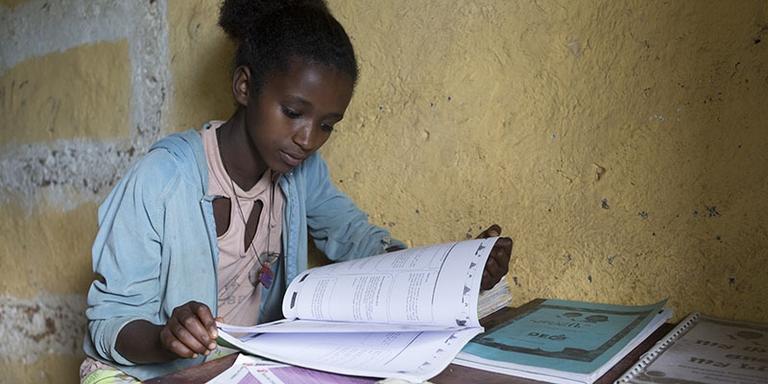
Adolescent Health
Humanitarian settings increase adolescents’ vulnerability to violence, poverty, separation from families, and exploitation. Our programs are tailored to meet the unique needs of adolescents, which includes very young adolescents, in/out-of-school adolescents, married/unmarried adolescents, and adolescents with disabilities, among others.
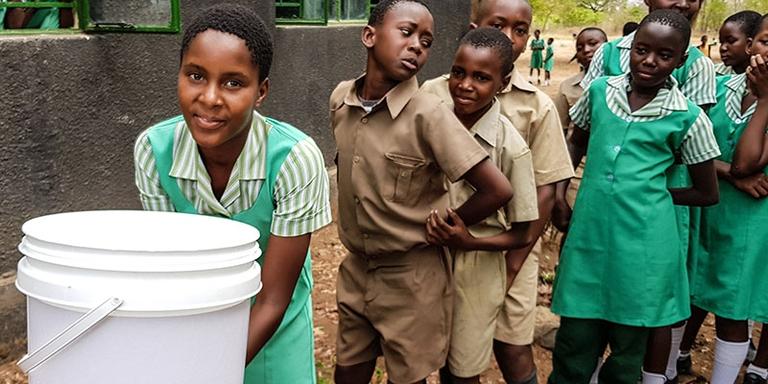
Water, Sanitation & Hygiene
Many of the leading causes of illness and death among children under five are preventable or can be reduced through appropriate water, sanitation, and hygiene (WASH) activities and practices. In a crisis, our WASH approach uses a balance of hygiene promotion and infrastructure construction activities in communities, schools, and health/nutrition centers.��




